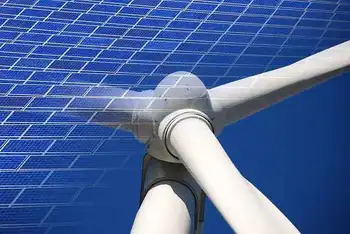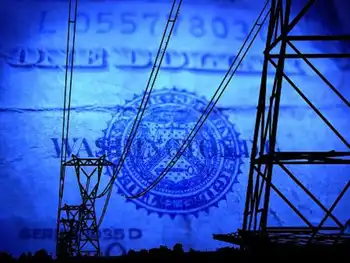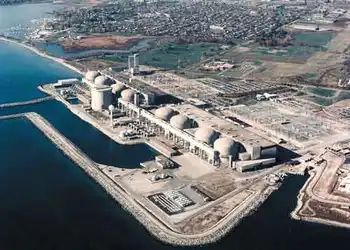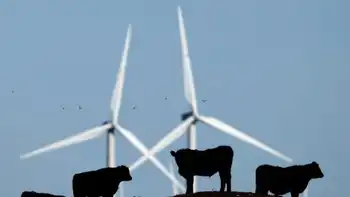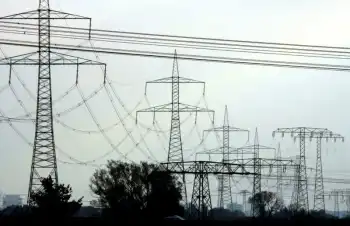Japan opens part of last town off-limits since nuclear leaks
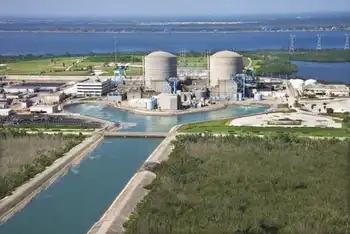
Arc Flash Training CSA Z462 - Electrical Safety Essentials
Our customized live online or in‑person group training can be delivered to your staff at your location.

- Live Online
- 6 hours Instructor-led
- Group Training Available
Futaba Partial Reopening marks limited access to the Fukushima exclusion zone, highlighting radiation decontamination progress, the train station restart, and regional recovery ahead of the Tokyo Olympics after the 2011 nuclear disaster and evacuation.
Key Points
A lift of entry bans in Futaba, signaling Fukushima recovery, decontamination progress, and a train station restart.
✅ Unrestricted access to 2.4 km² around Futaba Station
✅ Symbolic step ahead of Tokyo Olympics torch relay
✅ Decommissioning and decontamination to span decades
Japan's government on Wednesday opened part of the last town that had been off-limits due to radiation since the Fukushima nuclear disaster nine years ago, in a symbolic move to show the region's recovery ahead of the Tokyo Olympics, even as grid blackout risks have drawn scrutiny nationwide.
The entire population of 7,000 was forced to evacuate Futaba after three reactors melted down due to damage at the town's nuclear plant caused by a magnitude 9. 0 quake and tsunami March 11, 2011.
The partial lifting of the entry ban comes weeks before the Olympic torch starts from another town in Fukushima, as new energy projects like a large hydrogen system move forward in the prefecture. The torch could also arrive in Futaba, about 4 kilometres (2.4 miles) from the wrecked nuclear plant.
Unrestricted access, however, is only being allowed to a 2.4 square-kilometre (less than 1 square-mile) area near the main Futaba train station, which will reopen later this month to reconnect it with the rest of the region for the first time since the accident. The vast majority of Futaba is restricted to those who get permission for a day visit.
The three reactor meltdowns at the town's Fukushima Dai-ichi nuclear power plant spewed massive amounts of radiation that contaminated the surrounding area and at its peak, forced more than 160,000 people to flee, even as regulators later granted TEPCO restart approval for a separate Niigata plant elsewhere in Japan.
The gate at a checkpoint was opened at midnight Tuesday, and Futaba officials placed a signboard at their new town office, at a time when the shutdown of Germany's last reactors has reshaped energy debates abroad.
“I'm overwhelmed with emotion as we finally bring part of our town operations back to our home town," said Futaba Mayor Shiro Izawa. “I pledge to steadily push forward our recovery and reconstruction."
Town officials say they hope to see Futaba’s former residents return, but prospects are grim because of lingering concern about radiation, and as Germany's nuclear exit underscores shifting policies abroad. Many residents also found new jobs and ties to communities after evacuating, and only about 10% say they plan to return.
Futaba's registered residents already has decreased by 1,000 from its pre-disaster population of 7,000. Many evacuees ended up in Kazo City, north of Tokyo, after long bus trips, various stopovers and stays in shelters at an athletic arena and an abandoned high school. The town's government reopened in a makeshift office in another Fukushima town of Iwaki, while abroad projects like the Bruce reactor refurbishment illustrate long-term nuclear maintenance efforts.
Even after radiation levels declined to safe levels, the region's farming and fishing are hurt by lingering concerns among consumers and retailers. The nuclear plant is being decommission in a process that will take decades, with spent fuel removal delays extending timelines, and it is building temporary storage for massive amounts of debris and soil from ongoing decontamination efforts.





